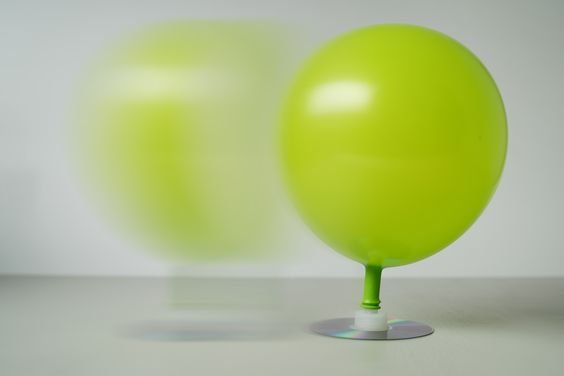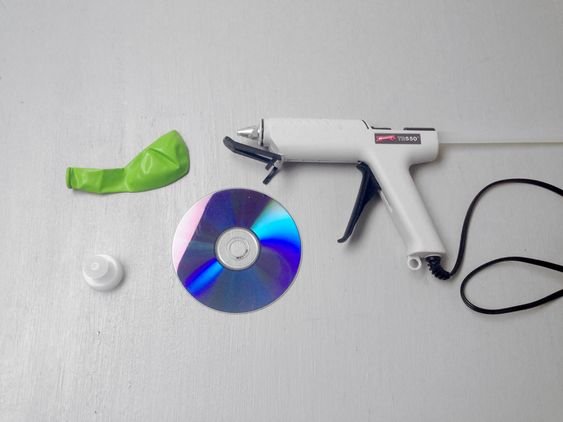Science Experiment: Make Your Own Hovercraft!
This activity can be structured in such a way that students not only get to be creative, but they can learn about energy, motion and force too, all while having fun! One day my son found a deflated balloon and then spent a good few minutes blowing it up and then releasing it untied, so that it spiraled around the room - to his delight! It's moments like these that parents and educators need to grab a hold of the opportunity to teach our younger generations (or even older generations) something new, something scientific!
This activity can be done casually at home with parents where a brief and basic explanation of the science is given, or it can be a practical session that accompanies more in depth reasoning behind the effect of the hovercraft. Or, if you just want the kids to have fun with the craft, that's OK too!

Hover Craft Science Experiment
OK, this experiment thrills me for many reasons. Firstly, the materials needed are super cheap and easy to source, secondly, it’s so simple to put together. Last but not least, it keeps the little dudes busy for hours on end (a mom’s dream).
Here's what you will need to gather:
- Medium sized balloons
- Old CDS (or a pack of cheap re-writables)
- A hot glue gun (adult supervision required)
- A nozzle from a dish soap bottle (or the likes, see image below)
Instructions:
- Paste glue to the bottom rim of your dish soap cap/nozzle and then quickly stick it on to the center of your disc, covering the hole.
- Wait for the glue to cool and harden.
- Slip your balloon over the nozzle.
- Blow the balloon up through the visible opening of the nozzle.
- Close the cap/nozzle until you are ready to release your hovercraft.

When you are ready for action, place your invention on a flat surface and open the cap. Watch it as it hovers above its surface.
How does it work?
When the nozzle is lift open, the air flow created by the balloon causes a cushion of air between the disc and the surface. This cushion of air lifts the disc and enables it to move freely. Real life hovercrafts use the same phenomenon to commute over land and water. - https://www.greycaps.com/theteacher/Classengagement/buildaHovercraft
I get a real kick out of these little science demonstrations! You really don’t need to stock up on toys for your kids, just open up their worlds to science and they will never have a dull moment.
Awesome!!
Well done, can't wait to try..
Hi @sweetpea..
Talking about education, do you mind to visit my account @jamanfahmi?
learn while on the move. brain ok muscle broken. I like the contents of your posts, I've seen similar methods on youtube. game in the real world. more sharpening the brain and keep the body healthy